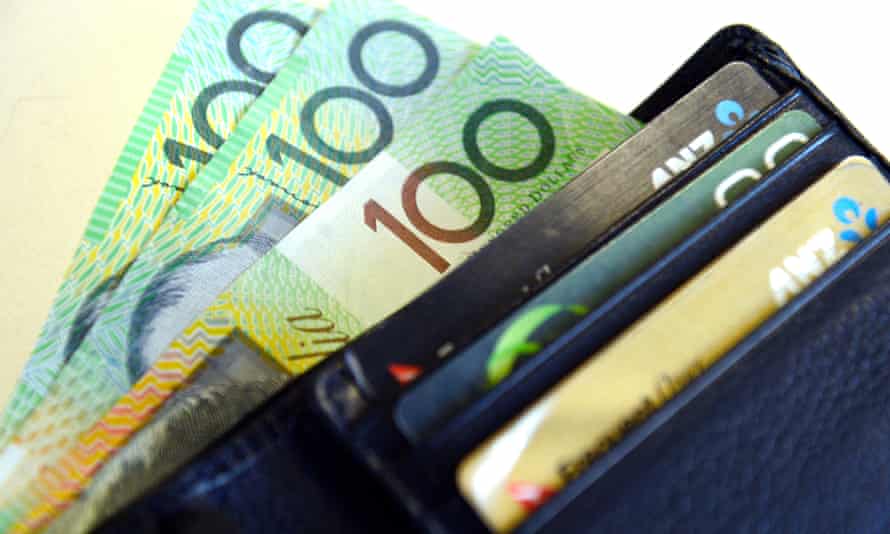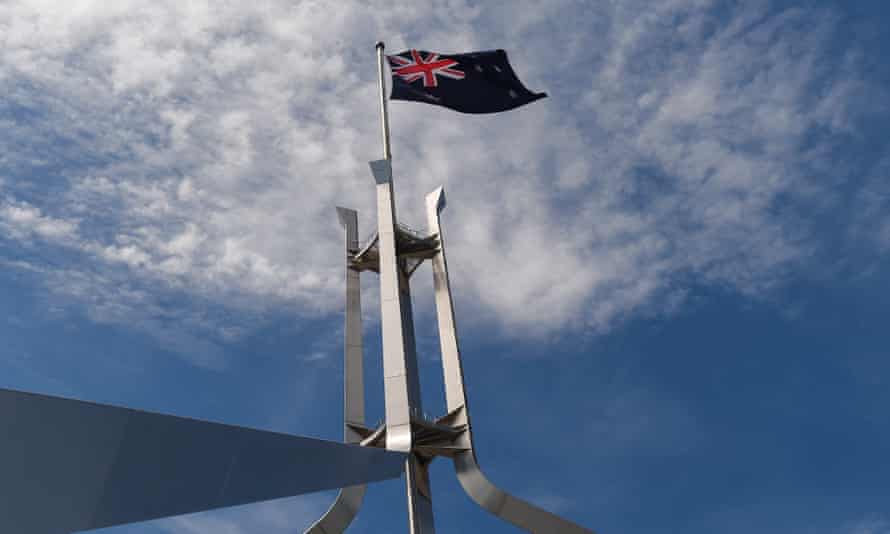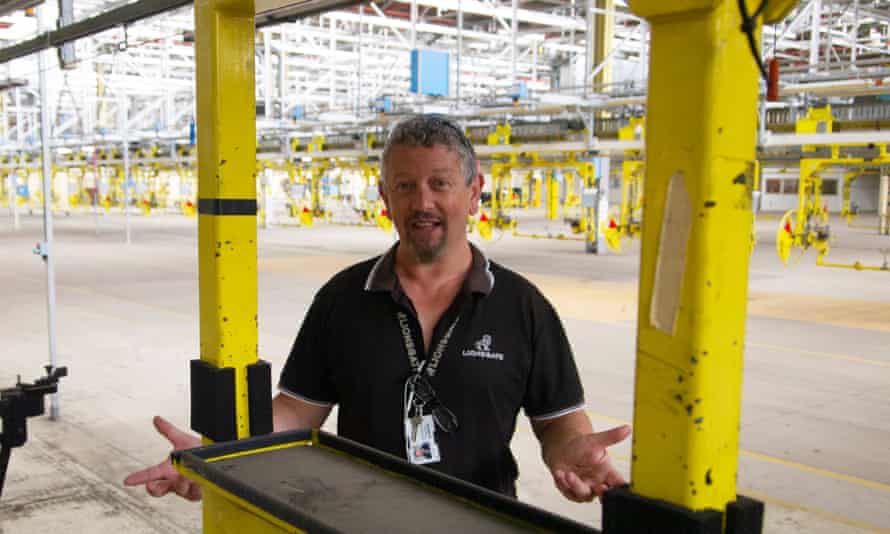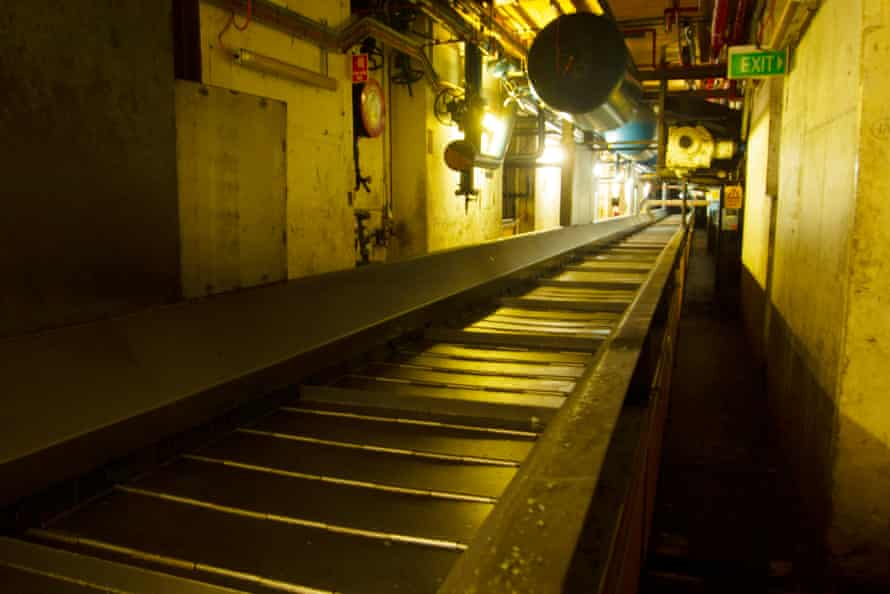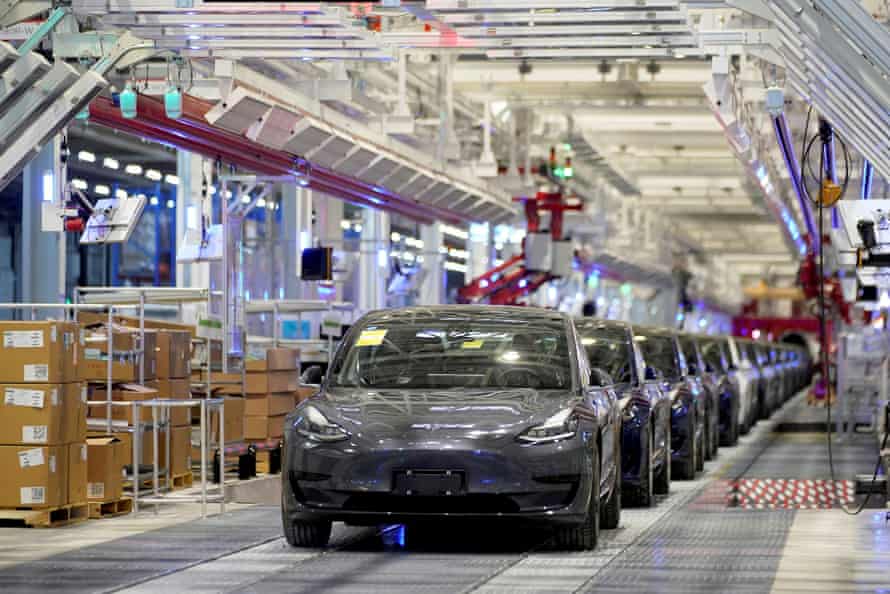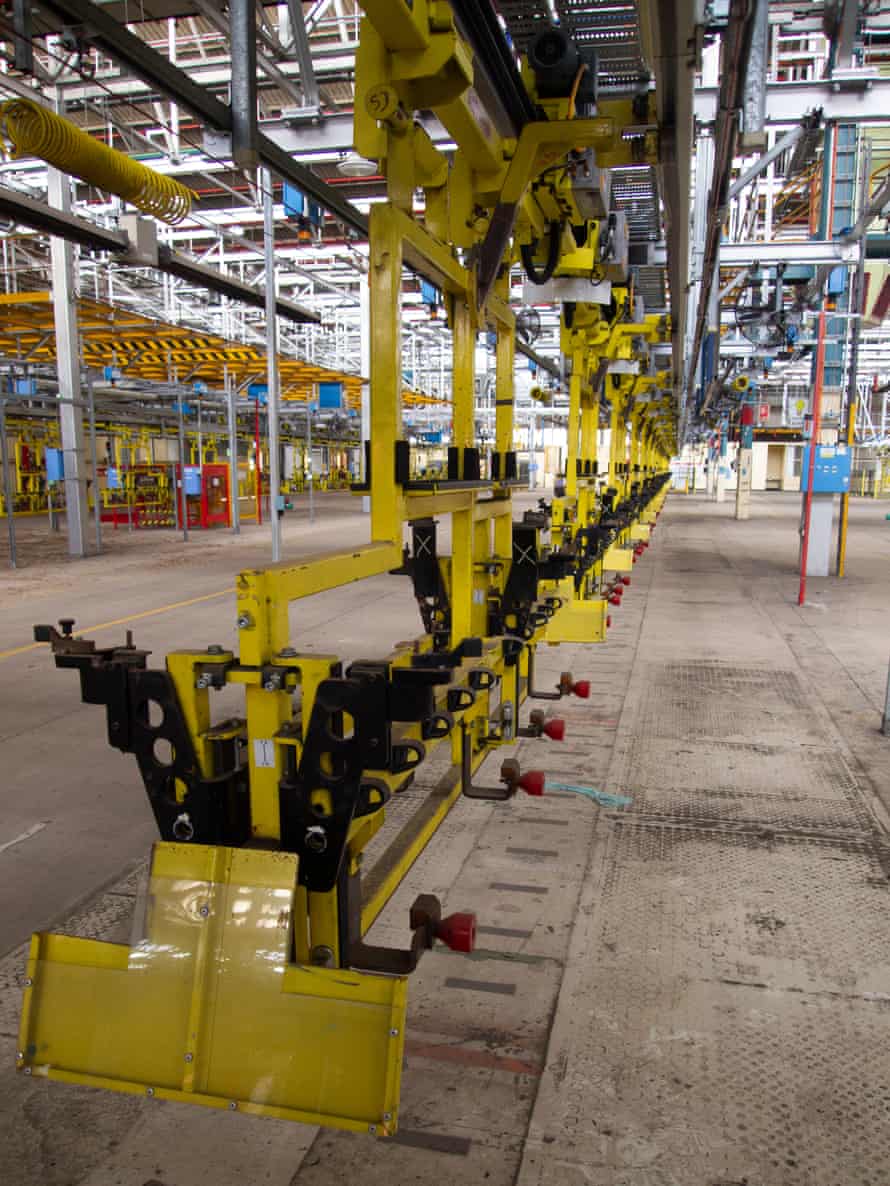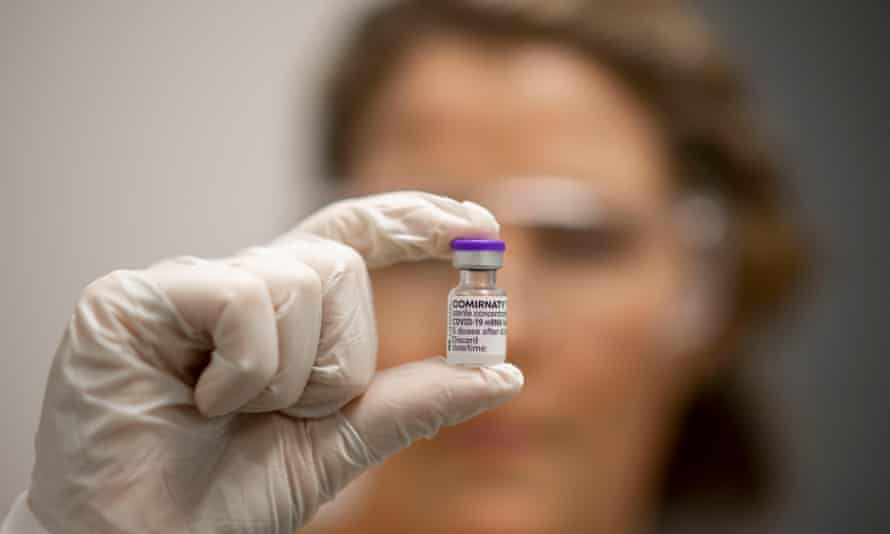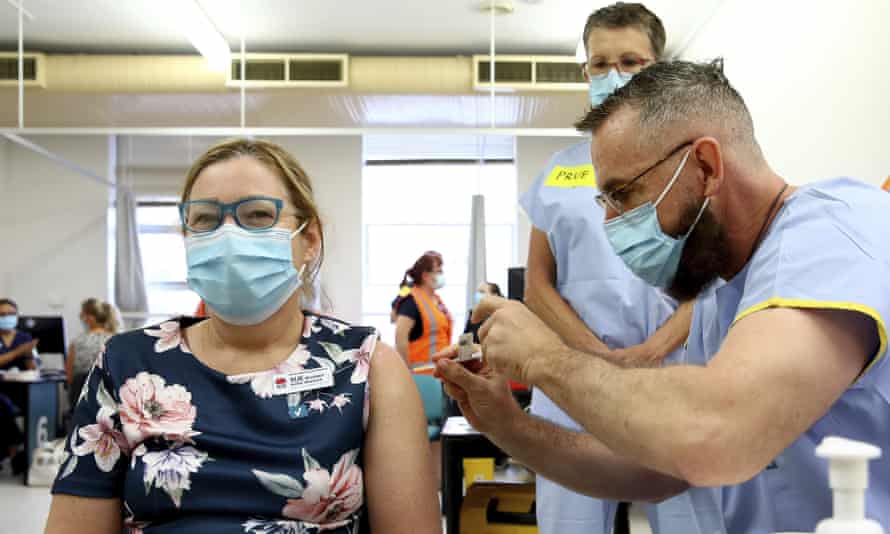Extract from The Guardian
Usually media-savvy Scott Morrison has been unable to find his footing dealing with the fallout of an alleged assault inside a minister’s office.

Last modified on Sat 27 Feb 2021 07.22 AEDT
Scott Morrison, the Australian prime minister, prides himself on his ability to shape media narratives. A former advertising executive, he is used to controlling the message. But over the past two weeks one story has refused to bend to his will and exposed a weak spot: women.
Morrison is struggling to manage growing anger over the handling of a young staffer’s rape allegation, the parliamentary culture at large, and how women working within it are treated.
He has been unable to direct attention away from the issues raised by Brittany Higgins, a former media adviser who alleged she was raped by a colleague in a ministerial office in March 2019.
Initially the matter was handled internally, with Higgins offered support, but also made aware that an election was looming just weeks away.
The then-24-year-old, who had been made to tell her story to her minister in the same room where the alleged rape took place, said she felt she was being made to choose between her “dream job” and reporting the matter to police.
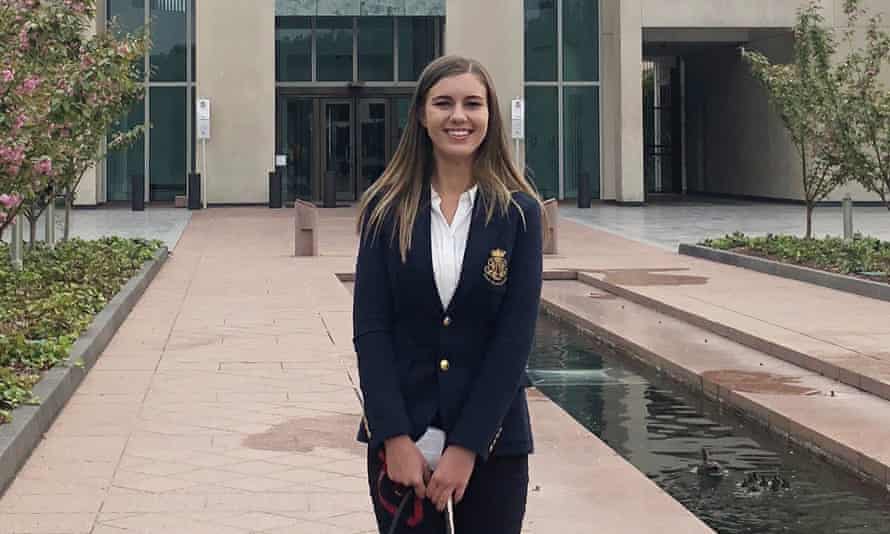
She stayed with the government, but continued to wrestle with what had happened.
She resigned, spoke to the Australian Federal Police about the possibility of re-opening her case and went public, sparking a firestorm for the Morrison government, which has struggled to find an adequate response.
Nearly two weeks after Higgins went public, the government, and Morrison in particular, are still flailing.
What the prime minister didn’t know
Who knew what and when has dogged the government since Higgins went public.
Why the prime minister didn’t know, and why no one thought to tell him, has proved one of the most damaging hurdles for Morrison to navigate. Morrison has insisted his office was not aware of the allegations until 12 February, three days before the story went public and he himself was made aware when it was first published by News Corp on 15 February.
But a growing number of people who work in the prime minister’s inner sanctum have been revealed as being aware of the allegations, due to their previous roles within the government.
There’s the defence minister’s chief of staff, who was one of the first people Higgins told, after she was questioned over being found by security, half-naked, on minister Linda Reynold’s office couch.
The staffer who worked with the former special minister of state whose job it was to handle termination payouts.
The fellow colleague who told Higgins they had raised the matter with a staffer in the prime minister’s office who was “mortified” and wanted to help.
With each passing day came new revelations of someone who knew something, while the prime minister maintained he learned of Higgins’ story at the same time the nation did.
It’s
meant the usually-media-savvy prime minister, known for dismissing
questions as “coming from the Canberra bubble” has been unable to find
his footing in dealing with the fallout. An immediate attempt at
deflecting questions by claiming the matter was subject to a police
investigation was quickly dismissed by the police themselves who
confirmed it was not. Moves to avoid questions to protect Higgins’s
privacy were batted away by the woman herself, who continued to speak
and publicly waived any concerns ministers may have about speaking about
her case.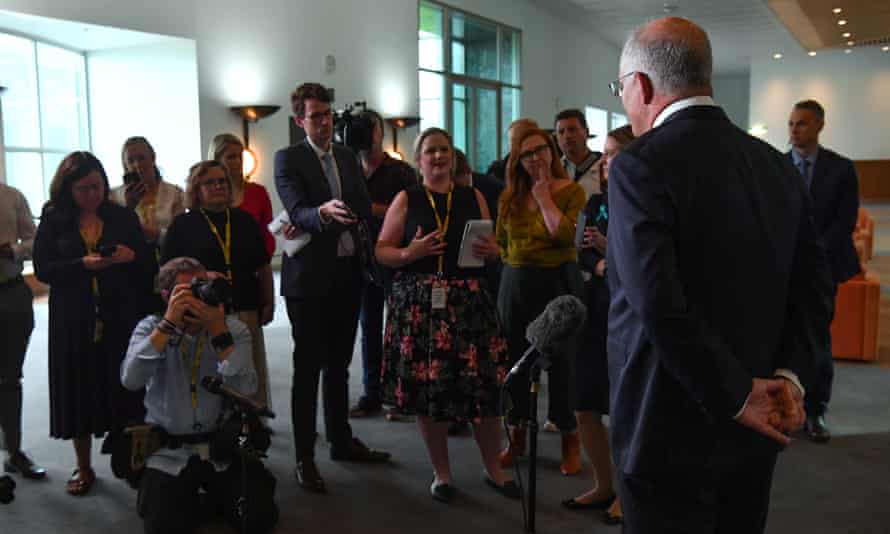
Morrison’s ‘daggy dad’ persona
Morrison’s fall-back political move, that of the average husband and father, which has been termed his “daggy dad” persona, also fell flat when he said he had spoken to his wife Jenny who “clarified” the issue for him, and urged him to think about his own daughters in Higgins’s place. Other clumsy comments, including that Higgins had “found herself” in the situation drew immediate censure; Higgins accused Morrison of engaging in “victim-blaming rhetoric”, and took back control of the narrative, casting the prime minister as a reactionary player.
A speech he gave for an International Women’s Day event attempted to calm the whirling storm, with Morrison mentioning “respect” 42 times in his short address, and a promise to “respect, protect, and reflect” women without providing solutions or recognition of the structural power issues women had raised over the past fortnight.
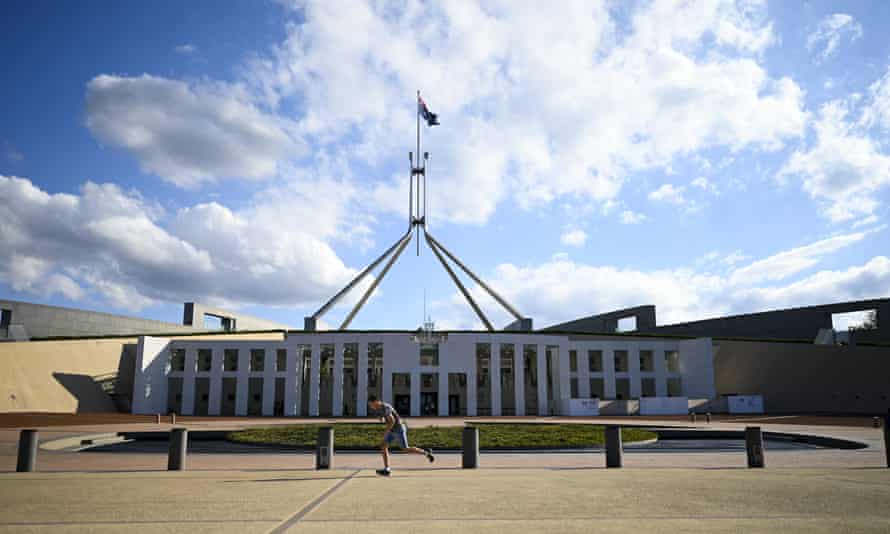
Parliament ended with government MPs and the prime minister happy to be able to leave what had become a pressure cooker, where the Australian vaccine rollout took second place to tales of a corporate culture seemingly decades behind public expectations, and a government struggling to provide answers.
Higgins has since reopened her police case. But as she said last week, she is looking for wider reforms.
“From the outset, I have been driven by my desire to ensure that no other person would have to go through the trauma that I experienced during my time in Parliament House,” she said.
“I was failed repeatedly, but I now have my voice, and I am determined to use it to ensure that this is never allowed to happen to another member of staff again.”
With more women adding their own voices, the prime minister has struggled to give voice to the right words to calm theirs, ensuring the calls for change grow louder.
A fresh allegation on Friday night – this time against a cabinet minister who has been accused of a historical rape more than three decades ago – means pressure on the PM to act will only intensify.
